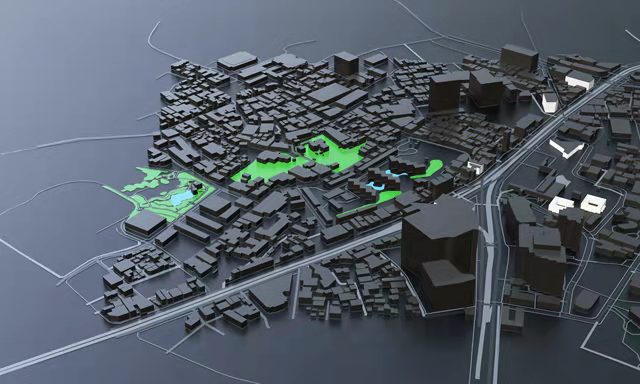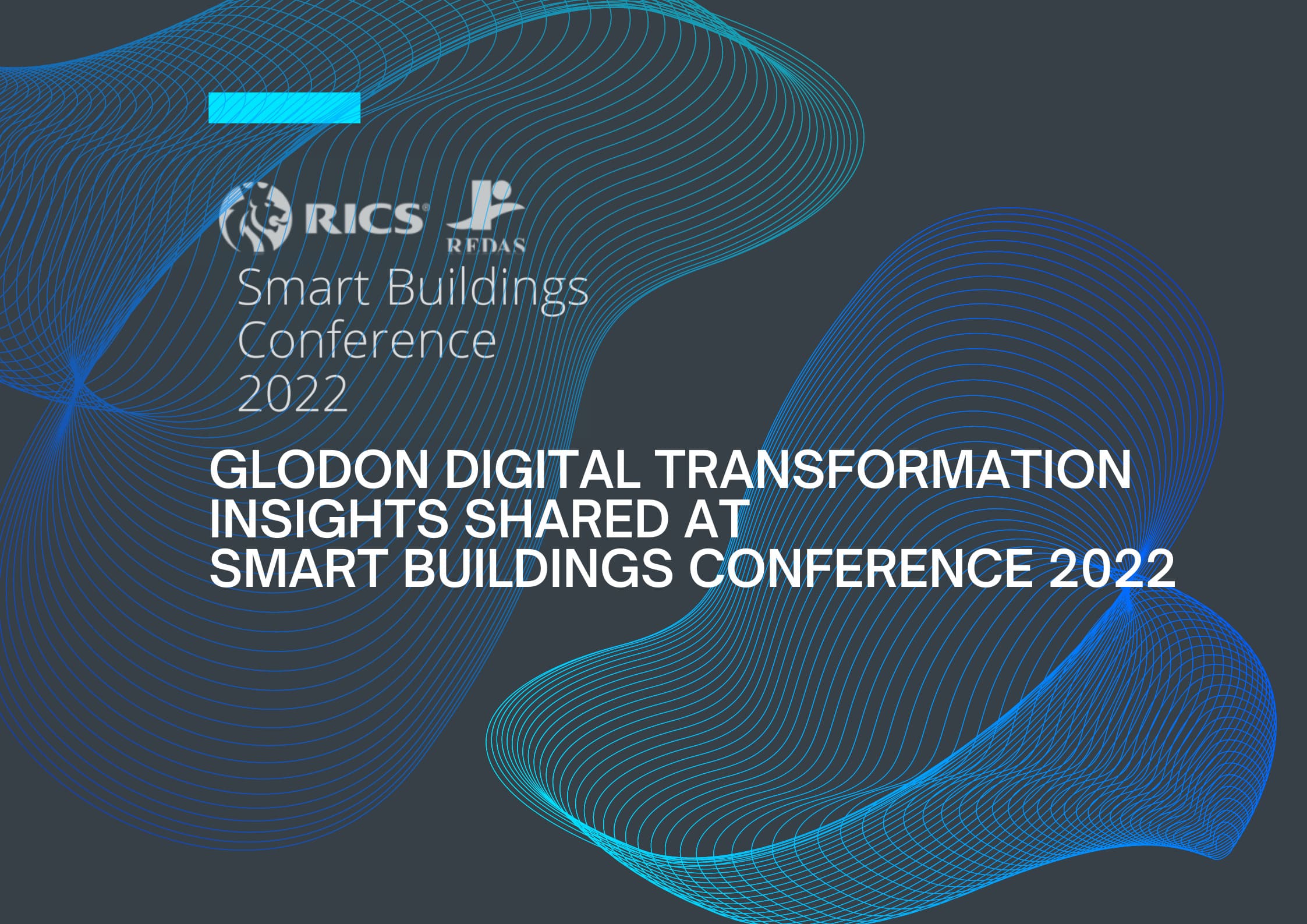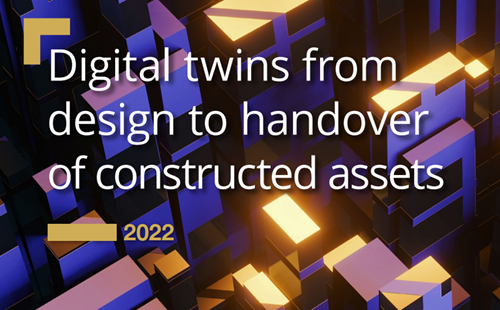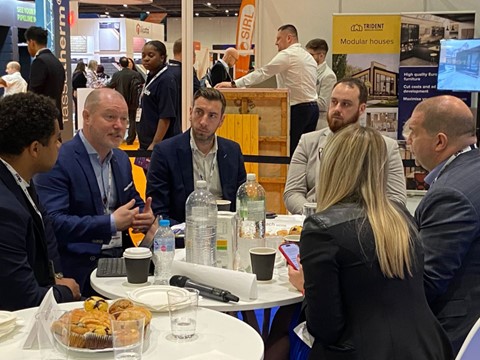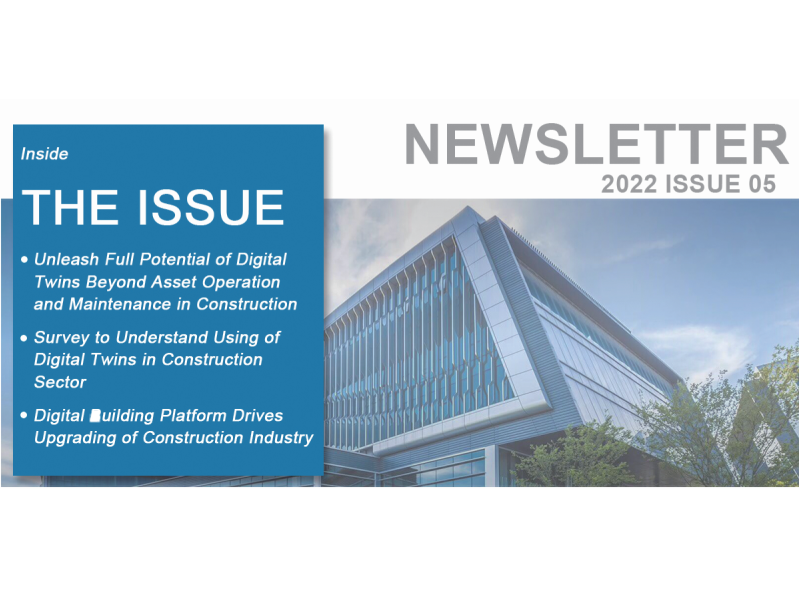Dec 15.2022
Improving the Built Environment Through the Power of Data and Technology
By
Cristina Savian
Nima international
ambassador and Digital Twin expert at BE-WISE- UK and Australia
As the
focus shifts to building a better-built environment, information management is
being served as one of the key drivers to create a rewarding and productive
construction lifecycle. There could not be a more excellent example of the
shift of the focus within the BIM community towards the I in BIM than the
recent rebranding of the UKBIM Alliance into nima.
Nima's new
tagline is With trusted data, great things happen. As a passionate advocate
for the adoption of digital twins for our built assets, I couldn't agree more
with this statement and I couldn't be more proud to have been chosen as an
international ambassador for the organisation based on my strong interest and
work in this growing field. And I am happy to learn that Glodon has just joined
nima as the first international patron (link to announcement).
I strongly
believe that purpose-driven data, when 'managed correctly, can produce
powerful results, which is also why I believe that digital twins are at the
core of the data-driven economy.
There is no doubt that 'managing data correctly' is the most challenging aspect of our construction process, but it is also the most rewarding if we achieve it correctly. We, as construction professionals, have a long history of being outstanding when it comes to building our world. However, we have also been proven not to be so great when it comes to keeping good records of the assets with disastrous consequences, as in the case of the Grenfell tower in London. If it were actually that good, there is no doubt that several professions, like surveyors, whose jobs are to continually collect data about the same assets, would be in short demand. Is job preservation what is preventing us from being able to manage our data effectively across the lifecycle of a project?

I seriously
doubt that this is the case. There has not been a substantial change in the way
we procured built assets over the decades, and the procurement contracts have
followed suit as well. You have a need for a new building or infrastructure
that needs to be built, so you gather architects, engineers, and builders to
build it, then either manage it yourself or hire someone to help you manage it.
We focus on the physical asset, not on the creation of those digital records
that can benefit us in the long term. We are still far from seeing widespread
adoption and inclusion of digital information management requirements into
procurement contracts, despite huge efforts from industry professionals and BIM
advocates and international standards like ISO 19650 being around for some time.
As a matter of fact, it's clear that asking for those digital handovers to be
included in the contracts can have a long-term benefit; Digital data is being
produced anyway; why not exploit it for other purposes in countless ways?
What are
the reasons behind the low adoption rate that we experience today? As we have
seen in the RICS whitepaper, which I authored and featured in the previous
edition of this Insight magazine. I am curious to know why we are still
debating whether or not an effective digital information management process is
valuable.
It is a
fact that we all appreciate the value of Google. Nowadays, Google Maps and your
phone are all you need to get around effortlessly a new city without having to
plan anything, and there are several search engines and apps that can assist
you with finding all kinds of historical information within minutes.
There is no
doubt that we all understand the importance of having something similar for our
built assets. I think we all do, don't we?
What would
it be like if we could know how many
workers are currently working in a
construction
site
and
their
real-time
position
with a simple search, or if we knew
how many
tower cranes
there
were
and
their
current working conditions within a matter of minutes? If we improved the
efficiency of our built assets, and at a higher level, of the entire city, we
would be able to provide a better environment across the entire country for all
users, starting from ourselves.
In the last 25 years, how has the industry progressed in terms of data and technology? We certainly have made improvements in some parts of the building process; we no longer have drawing boards, and it does not take us years to design a building; we now design digitally, and the process is faster and has been optimised thanks to technological advancement. We create plenty of digital records, so new apprentices will be searching through digital files instead of an unwelcoming environment. For some people, it might be a better working environment. Is this all the improvement we managed to achieve? Would you say we are satisfied with the results?

Joke aside, apart from producing tons of digital data, what percentage of that data are we actually leveraging and utilising in the long run? Wouldn't it be great if we could organise and search our building records in a more meaningful way so that we could make data-driven decisions more easily and benefit the entire duration of the building?
The Grenfell
Tower disaster in London is a clear example of how valuable the golden thread
of information can be in the long run when it comes to protecting the community
from harm. The new Building Safety Bill mandates a new digitally enable process
to improve the health and safety of buildings and hopefully soon, other
countries will follow.
But
firstly, how do we enable a data-driven culture embedded into the entire
procurement model so that we can all contribute to creating and managing the
flow of information effectively to ultimately contribute to enabling the
digital twin, the core engine, to find your way around the asset? How do we
create a digital twin capable of generating meaningful insights at any given
time, alerting you when you fail to take preventative action to improve the
lifetime and economics of your asset?
Let's learn
from those who have already successfully done it; the focus of Google's guide
to establishing a data-driven culture is on three core factors: people,
processes, and technology.
There is no
lack of technological solutions, Glodon has abundant evidence of how data can
be collected, managed, and exploited across the construction lifecycle. In fact, in the case of Glodon's R&D building in Xi'an, the digital twin lean
construction is achieved. The Glodon Digital Building Platform helped collect
data and monitor on-site people, equipment, and material as well as the construction
process and environment in real-time by leveraging the power of BIM, Cloud Computing,
Big Data, IoT, Mobile Internet, and AI.
So what is
preventing everyone else from adopting a better system?
First is
the process, starting with the very established, cumbersome, out-of-date procurement
model for data acquisition, combined with the people tasked with working across
this very long lifecycle, which needs to come together seamlessly.
We need to seek
a construction economy in which activity and decision-making are driven by data
that is collected, stored, and analysed but most importantly, we need to enable a data-driven
culture by default.
My opening
speech from the recent Digital Twin conference in Saudi Arabia, in which I had the
honor to chair, summarises what we need to tackle the people and processes
pieces of the puzzle.
What is
required is dreamers who think innovatively and make bold moves. As we
are witnessing countries such as Australia and Saudi Arabia, who have initiated
the journey of embracing the digital twin opportunity and successfully started
incorporating those digital requirements and specifically mandating and
sourcing digital twins along with the creation of the physical built assets.
The
world deserves dreamers. - that think innovatively
We must
think innovatively about how we design, construct and operate our built assets.
We are far from leaving future generations a resilient, sustainable, efficient,
profitable, and sustainable built environment.
The
world deserves dreamers who can make bold moves.
It is our responsibility as global leaders in
this digitally built world to be the bold move the world needs. Let's all be
dreamers who drive positive change across the industry so that the unimaginable
of yesterday becomes a reality today.
Technology
is already available, so what are we waiting for to improve the built
environment through the power of data and technology?



